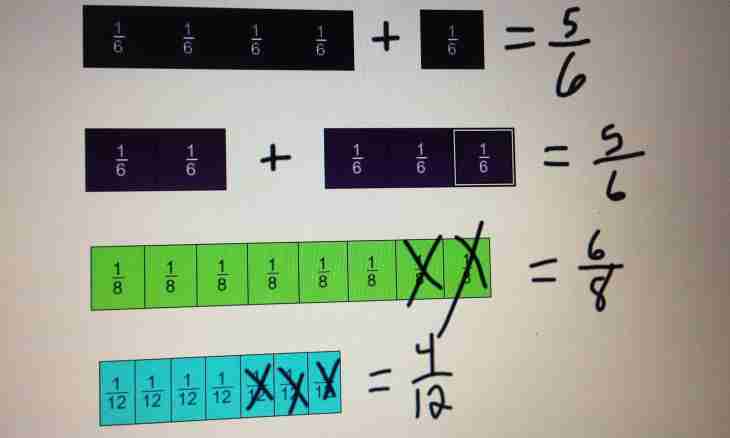Vieta theorem establishes direct interrelation between roots (h1 and h2) and coefficients (b and c, d) the equations of bx2+cx+d=0 type. With the help of this theorem it is possible, without defining value of roots, to calculate their sum, roughly speaking, in mind. In it there is nothing difficult, the main thing is to know some rules.
It is required to you
- - calculator;
- - note paper.
Instruction
1. Lead to a standard look the studied quadratic equation that all coefficients of degree went in the order of decrease, that is at first the highest degree – h2, and at the end zero degree – h0. The equation will take a form: b*x2 + c*x1 + d*x0 = b*x2 + c*x + d = 0.
2. Check nonnegativity of a discriminant. It is check it is necessary to make sure that the equation has roots. D (discriminant) takes a form: D = c2 – 4*b*d. There are several options. D – the discriminant is positive that means that the equation has two roots. D – it is equal to zero, it follows from this that the root is, but it double, that is h1= h2. D – negative, this condition means for a course of school algebra that there are no roots, for the higher mathematics – roots are, but they are complex.
3. Determine the sum of roots of the equation. By means of Vieta theorem it is simple to make it: b*x2+c*x+d = 0. The sum of roots of the equation is directly proportional "– with" and is inversely proportional to coefficient of "b". Namely, x1+x2 = - with / b. Define the work of roots of the equation in direct ratio of "d" and in inverse proportion to coefficient of "b": h1*kh2 = d/b.

